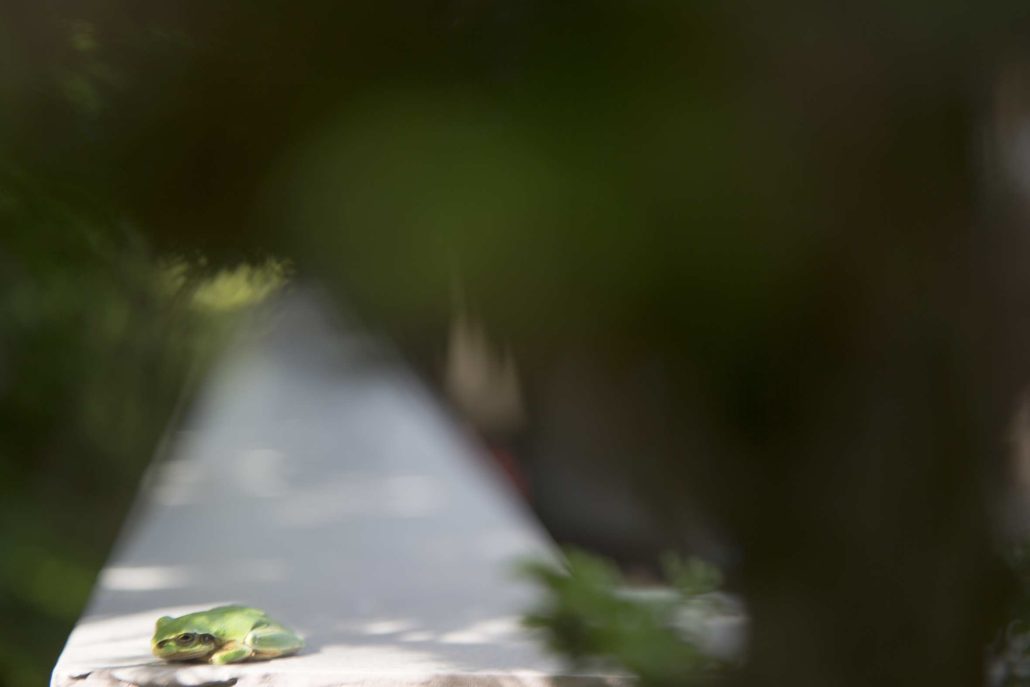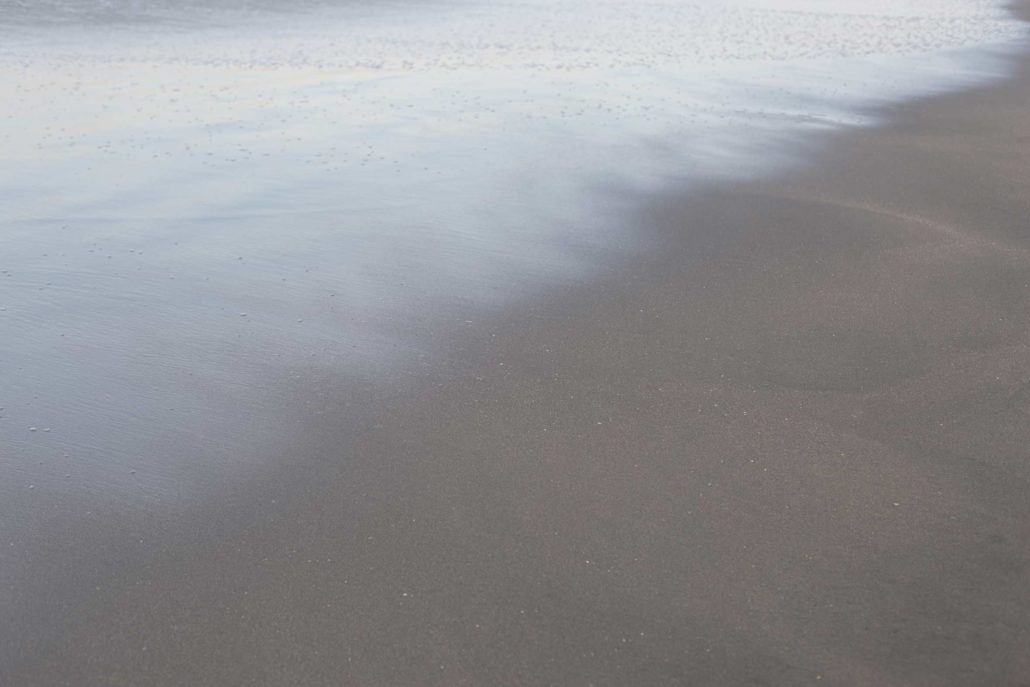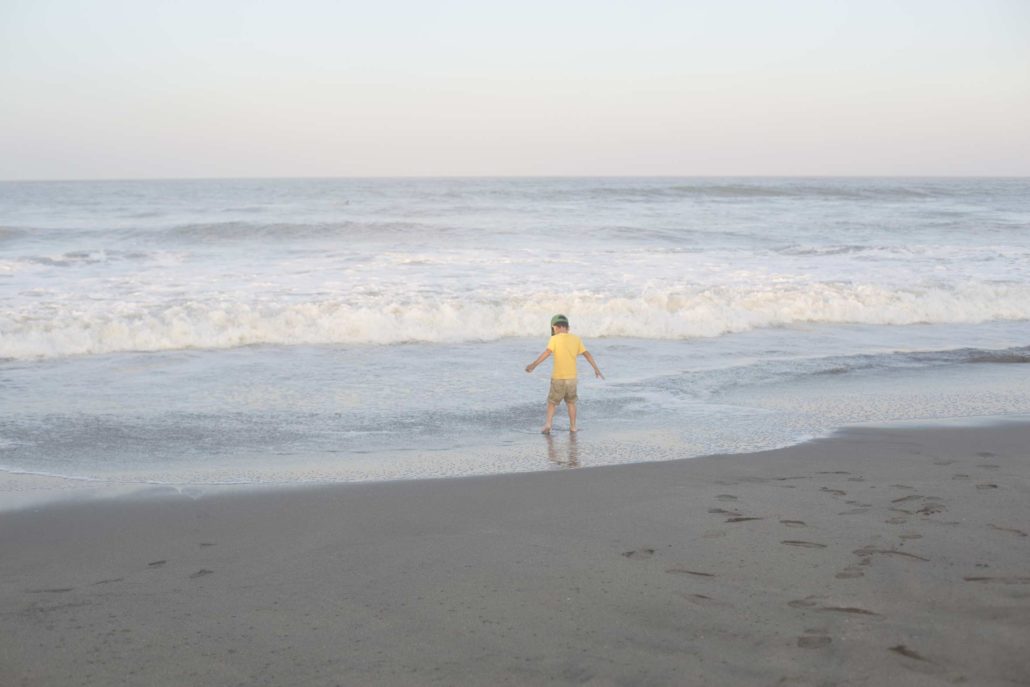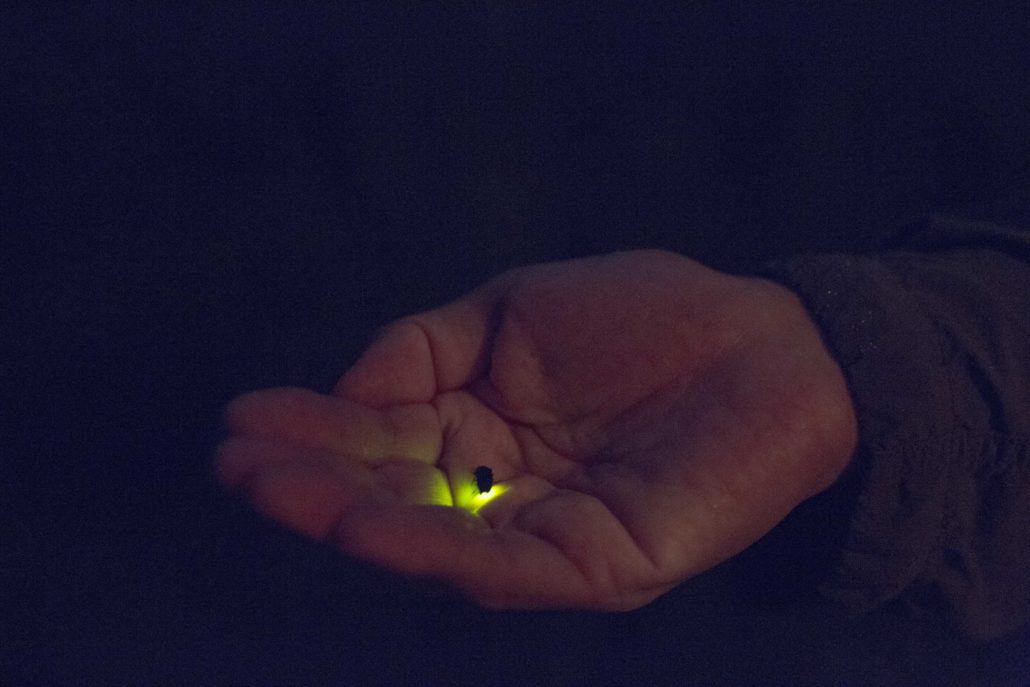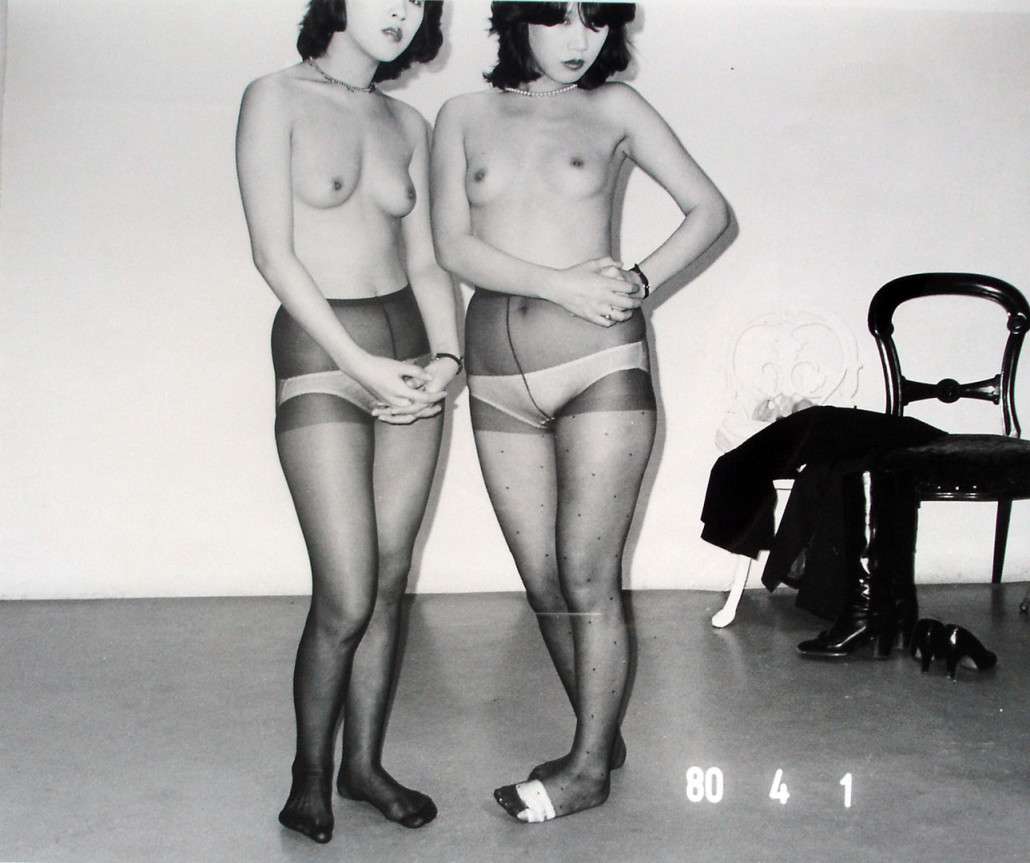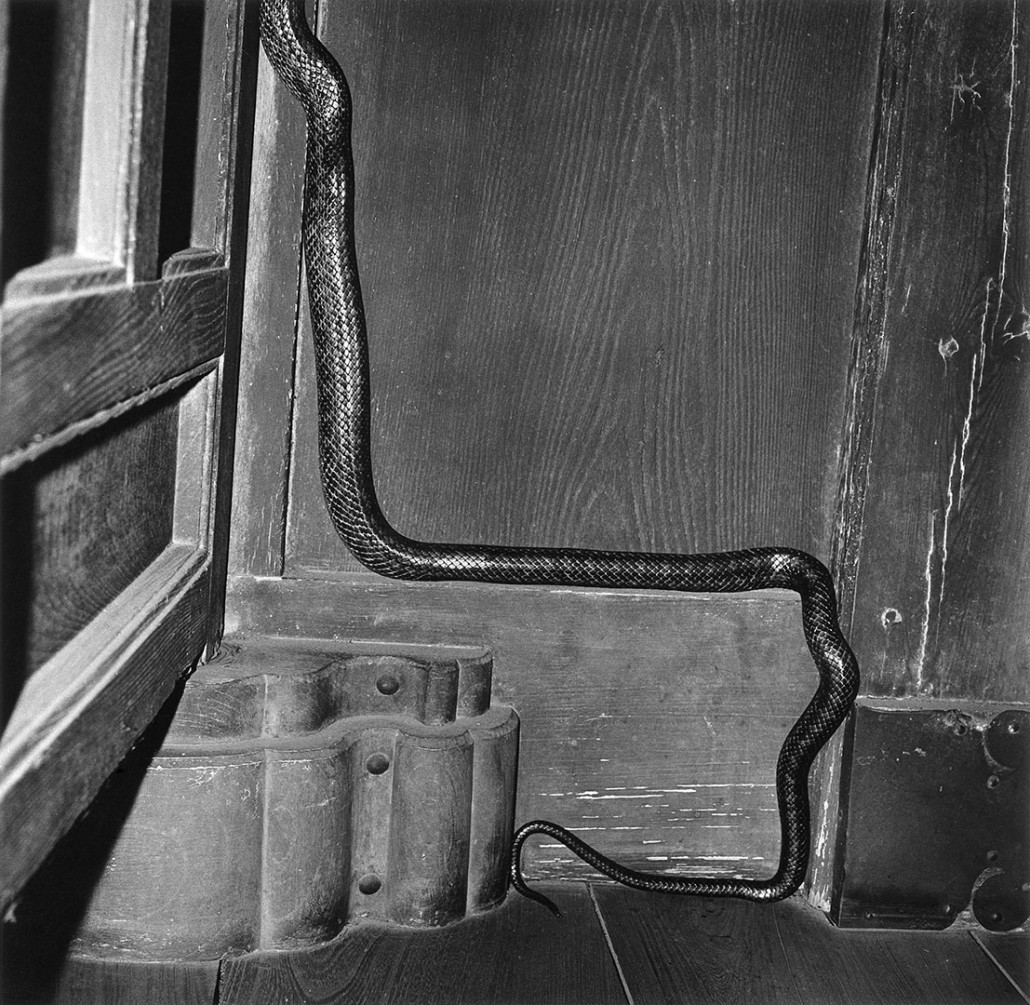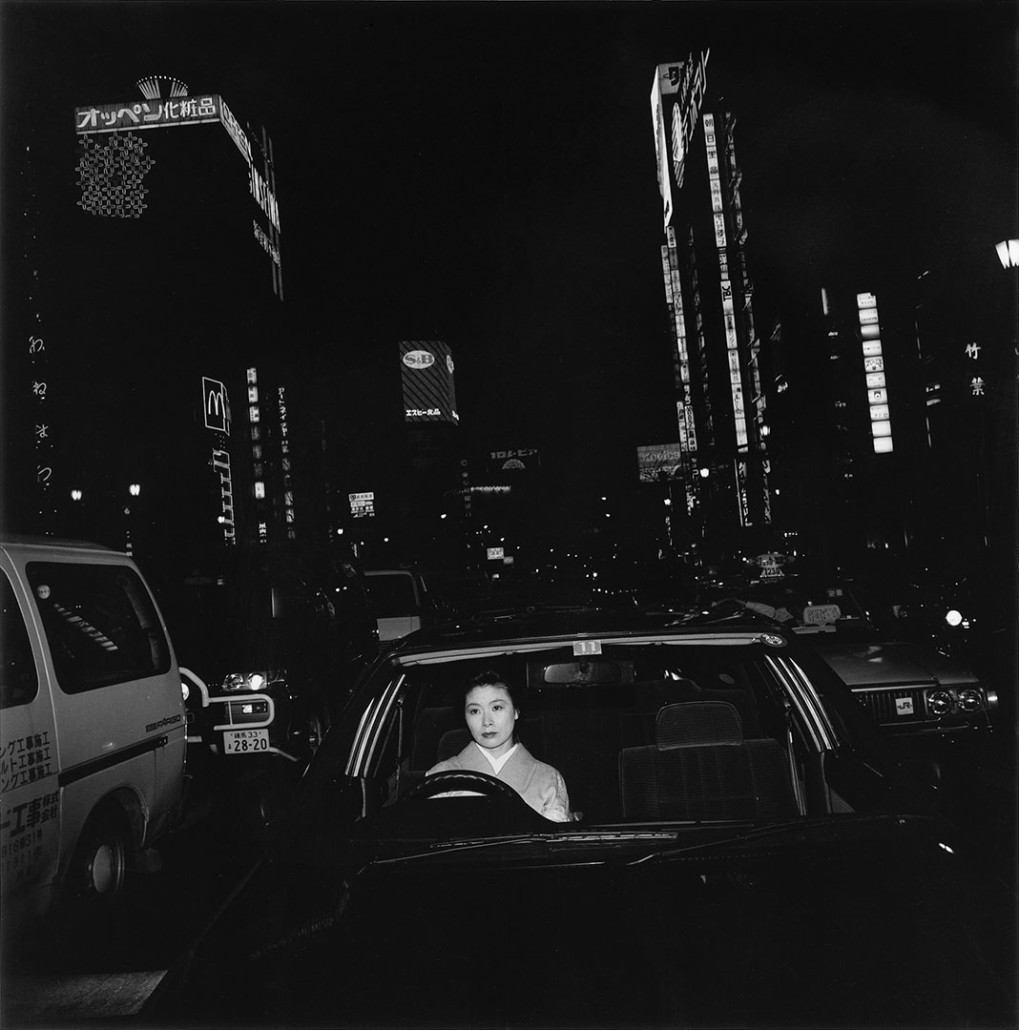The first decade of the new millennium saw a number of young female photographers take the Japanese photography scene by storm, adopting original positions, developing individual imagery and looking at the world from entirely new perspectives.
One specifically Japanese phenomenon in the 1990s was “girly photography”. With its diary-oriented snapshot aesthetic, this approach documented in its entirety the life and attitude of young urban women of the time. Against the backdrop of the economic crisis and lack of career opportunities, the photographic works of the girly photographers were an important expression of female self-identification in a society that still very much retained its hierarchical and patriarchal structure. Even though many of these photographers went on to become national stars, the movement’s self-absorbed and limited thematic outlook soon also led it to be criticised as narcissistic. Ultimately, most female photographers of this generation were unable to secure a lasting foothold in the photography scene.
At the same time, however, it was instrumental in giving young women access to the medium – young women who, in the years that followed, succeeded in establishing themselves as professionals of equal standing in the world of Japanese photography. This trend, entirely unique to Japan, led to an upsurge in the number of female photographers at its photographic academies and universities: at the beginning of the 2000s, around 50% of people training as photographers were women. Before long, photographers from this new generation were being singled out for the most important awards for young photography, such as the Canon Contest of Photography. The two best-known veterans of “girly photography” today are HIROMIX, who has devoted herself to photographing commercial portraits of stars and starlets, and MIKA NINAGAWA, who is now one of the most successful photographers in Japan.
As well as publishing well over 30 photo books, MIKA NINAGAWA has produced music videos for one of the best-known Japanese pop groups, produced two feature films, worked together with international fashion brands and held major solo exhibitions in Japanese museums. The spectrum of her motifs ranges from portraits of Japanese and international stars to fine art works with traditional subjects such as fish or flowers. Stylistically speaking, she performs a skilful balancing act on the thin line between art and pop.
With her strong sense of colour and popular motifs, MIKA NINAGAWA’s photographs often give the impression of being pure kitsch. In actual fact, they are aimed squarely at satisfying the senses and the emotions. These pictures lack the discerning subtext: “Look, I use elements of pop culture, but what I do is art, not pop!”. With this concept, MIKA NINAGAWA reaches a very wide audience in Japan, far beyond the art scene. Her books have since sold well over 200,000 copies. However, some of her application-oriented works are far more than just pop: the goldfish she photographed in gaudy colours look like grotesquely bred creatures or mutants, while the overpowering presence and colours of the flowers in her Acid Bloom series give them a highly artificial appearance.
With this approach, MIKA NINAGAWA moves within the tradition of classical Japanese art, which made no distinction between applied and fine arts. The basic idea of “fine arts” that was developed in Europe only found its way into Japanese culture in the 19th century. This means that NINAGAWA’s portraits of Japanese pop and film stars can certainly be seen as being part of the tradition of 19th century Japanese coloured woodcuts. Created with exceptional craftsmanship, these woodcuts depicting actors, courtesans, sumo wrestlers or other famous figures were produced en masse for a wider public. In the West, they were – and continue to be – presented as examples of Japanese high art and exerted key influences, notably on the development of Impressionism in France.
Although born in the same year as MIKA NINAGAWA, RINKO KAWAUCHI does not belong to the “girly photography” generation. In 2001, she entered the Japanese photography scene with three new books at once. Even for Japan with its highly developed photo book culture, this was a sensational debut. In 2002, one of the publications, Utatane (Nap), won the most prestigious Japanese photography award, the Kimura Ihei Award.
While “girly photography” typically limited itself to the artist’s own life, RINKO KAWAUCHI’s works do not address her own life, but rather life in general. Here, she concentrates on the small, unprepossessing things that surround us in everyday life – flowers, animals, people, water, light. She takes her photographs with a traditional manually operated medium format camera, choosing fields of view that lend the photographed objects an intrinsic beauty. Her photos have a light, solid sense of colour and an exceptionally intimate character that highlights the fleeting nature of perception. Her pictures contain elements of becoming and disappearing, of birth and death. Ultimately, her work can be seen as poetic descriptions of the essence and transience of life.
It is no accident that comparisons are drawn between RINKO KAWAUCHI’s photography and traditional Japanese haiku poetry. This very short form of poem aims to conjure up a brief, fleeting yet highly sensual image. One of the most famous haikus stems from MATSUO BASHO: “Old pond – frogs jumped in – sound of water”. The act of reading evokes – instinctively and spontaneously – the image of an old pond, a jumping frog and the sound of splashing water. However, having been conjured up in an instant in the mind of the reader, it disappears again just as quickly. This notion of a fleeting moment pared down to its essence can also be found in RINKO KAWAUCHI’s photographs, which give a glimpse of the brief emergence of things in the river of life.
In this way, RINKO KAWAUCHI has developed a new photographic aesthetic: “Just when it seems that everything has been photographed, in every possible way, along comes a photographer whose work is so original that the medium is renewed. Such a photographer is RINKO KAWAUCHI, who makes simple, lyrical pictures, so fresh and unusual that they are difficult to describe or classify. Her images document everyday things, yet could not be described as documentary. They are generally light in tone, yet somehow dark in mood. They are almost hallucinatory, yet seem to capture something fundamental about the psychological mood of modern life.” (Garry Badger in Martin Parr, Garry Badger, The Photobook: A History. Vol. 2, London 2006)
Unlike RINKO KAWAUCHI, who focuses on the fleeting perception of life and the transience of everyday things, LIEKO SHIGA explores the world of dreams, myths and legends. The starting point for her photographic works are often interviews in which she asks people about their dreams, fears and experiences that they associate with certain places. In combination with her own memories, emotions or experiences, she then creates complex, fantastical scenarios that are staged in often very elaborate forms. In 2007, LIEKO SHIGA published the shots taken in Australia, Singapore and Northern Japan in the photo book Canary.
The first decade of the new millennium does not just belong to the younger generation of female photographers: at the same time, the handful of female photographers who had made a name for themselves before the advent of “girly photography” enjoyed a higher profile and produced widely regarded new series. Prime examples of these are ASAKO NARAHASHI and MIYAKO ISHIUCHI.
In her 2000 series half awake and half asleep in the water, ASAKO NARAHASHI views Japan from a new, wholly unusual perspective reached by wading into the sea and photographing the coast from the water. This results in exceptional pictures combining two genres, seascape and landscape photography. While the restless water dominates the foreground, shots of coastal landscape with striking mountains or architecture can be seen in the background.
ASAKO NARAHASHI’s pictures can trigger a sense of unease in the beholder: the water seems liable to crash on to the photographer/beholder at any moment – and the coast is quite a distance away. The shore and its architectural forms have shifted from the central perspective and therefore do not convey the usual impression of safety and stability – in fact, it looks as though the land could sink into the sea at any moment. This is a whole new view of Japan. ASAKO NARAHASHI’s photographs no longer show the country that has risen to become one of the most important economic powers in the world, but rather an island state which, following decades of seemingly unstoppable progress, has become unstable and is now threatened with extinction.

